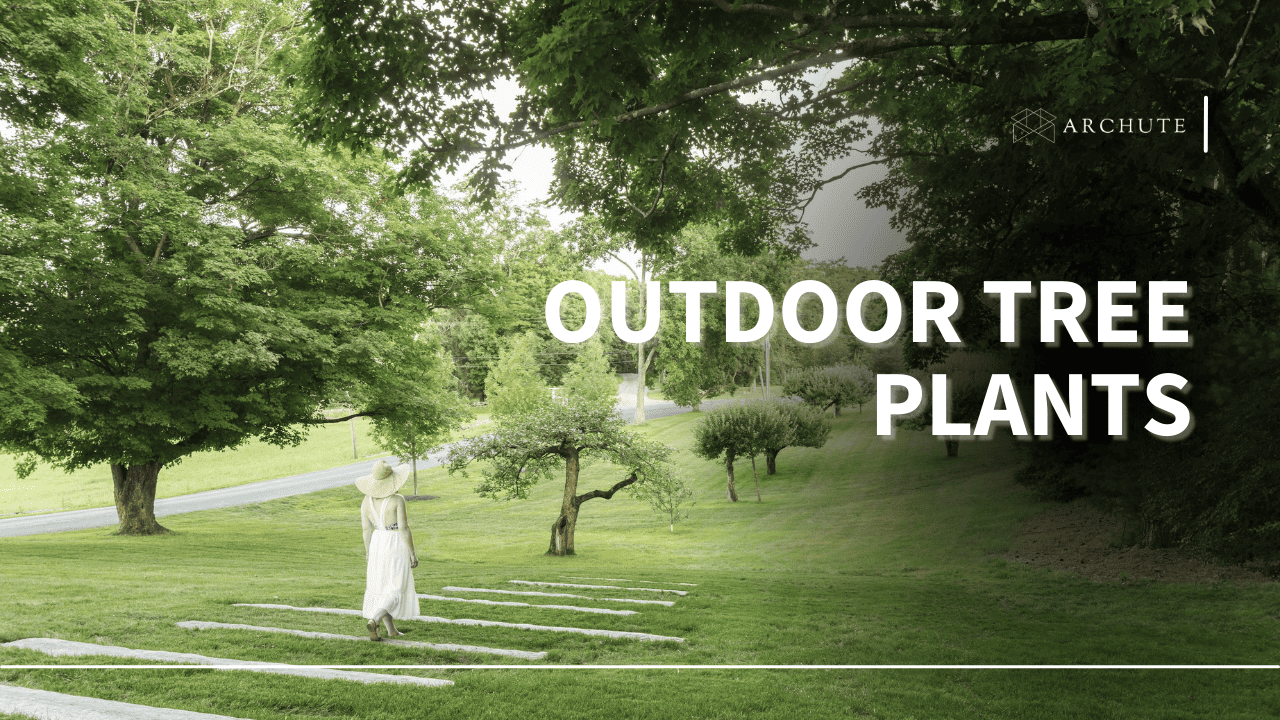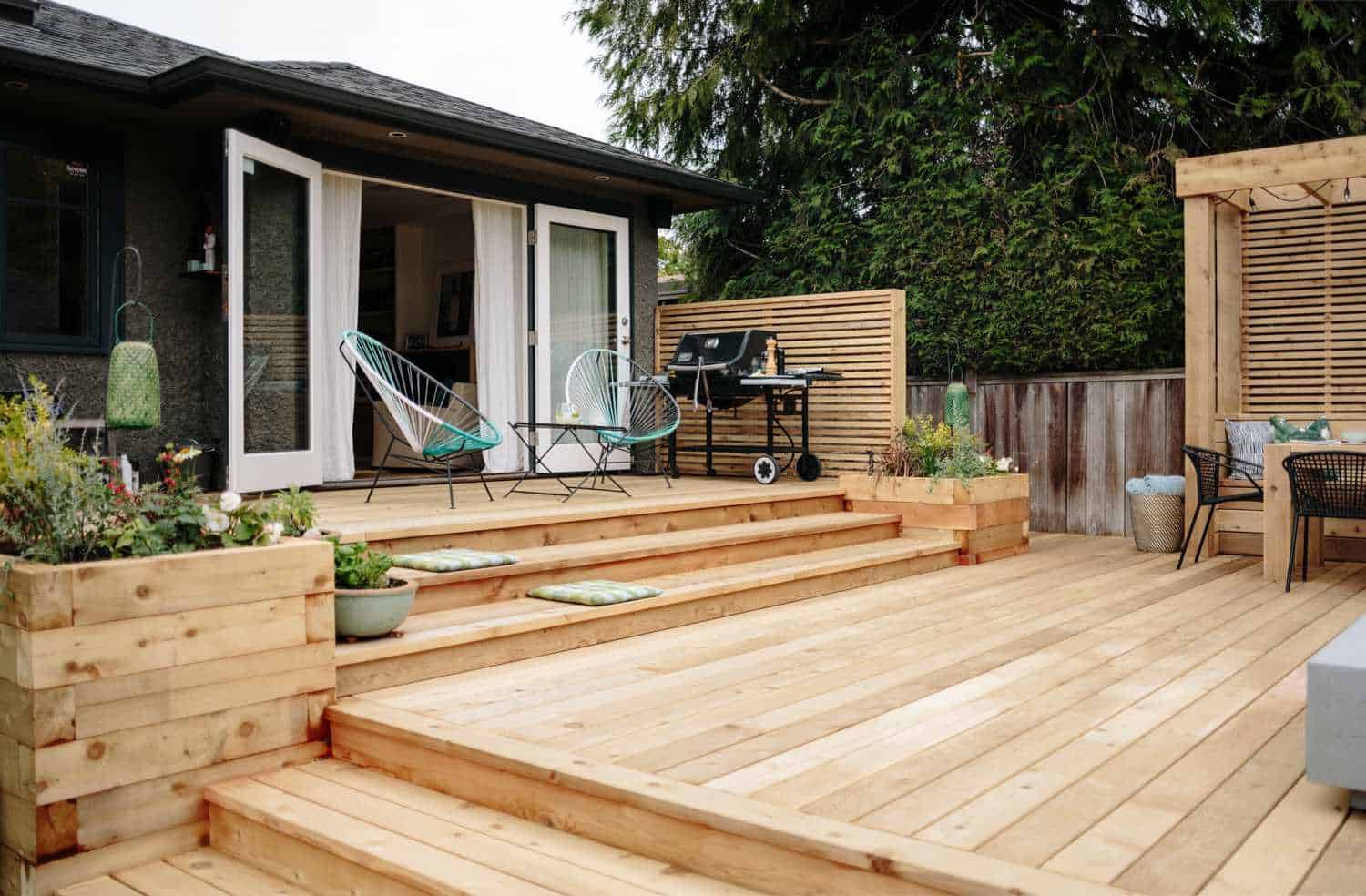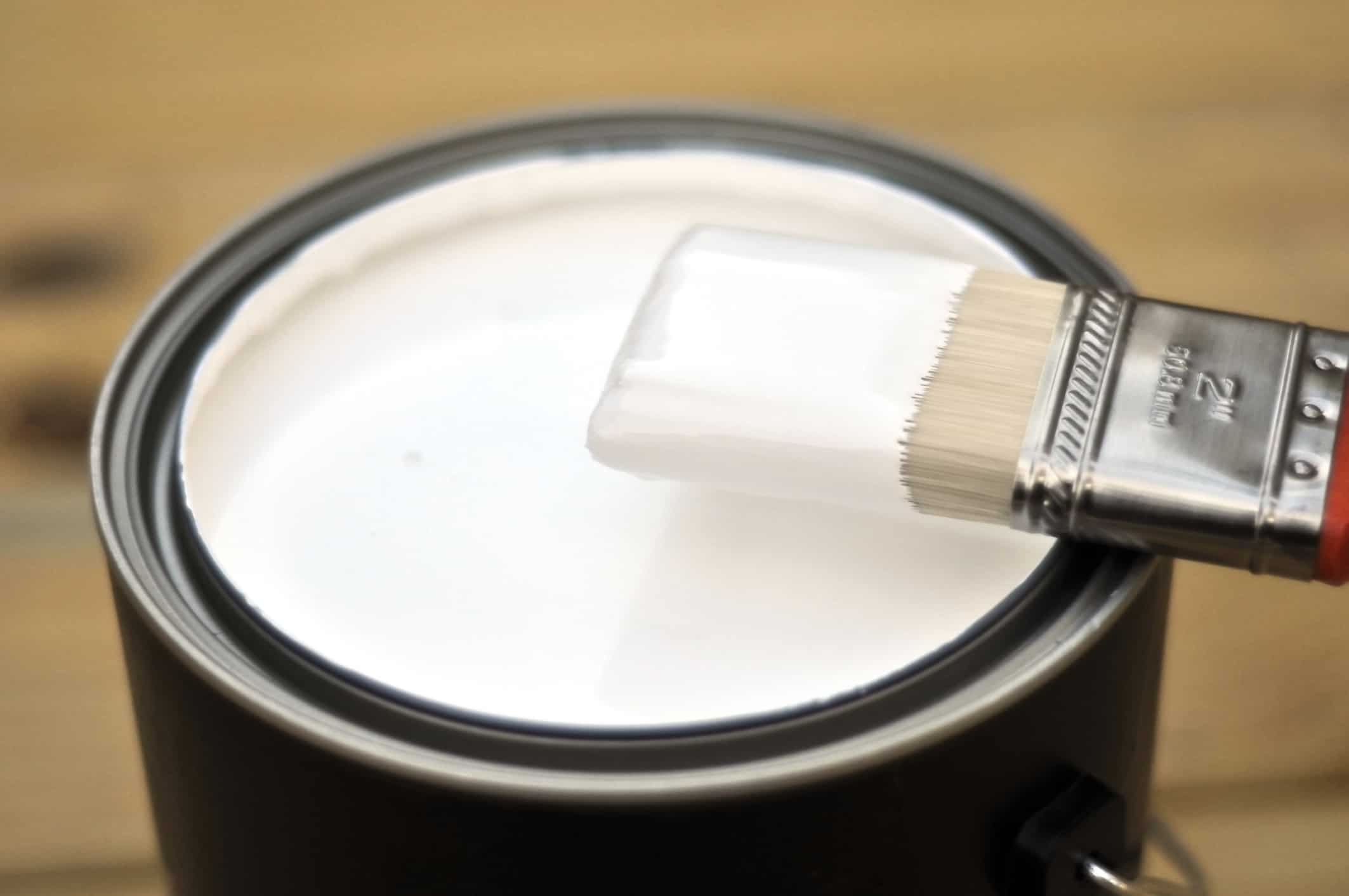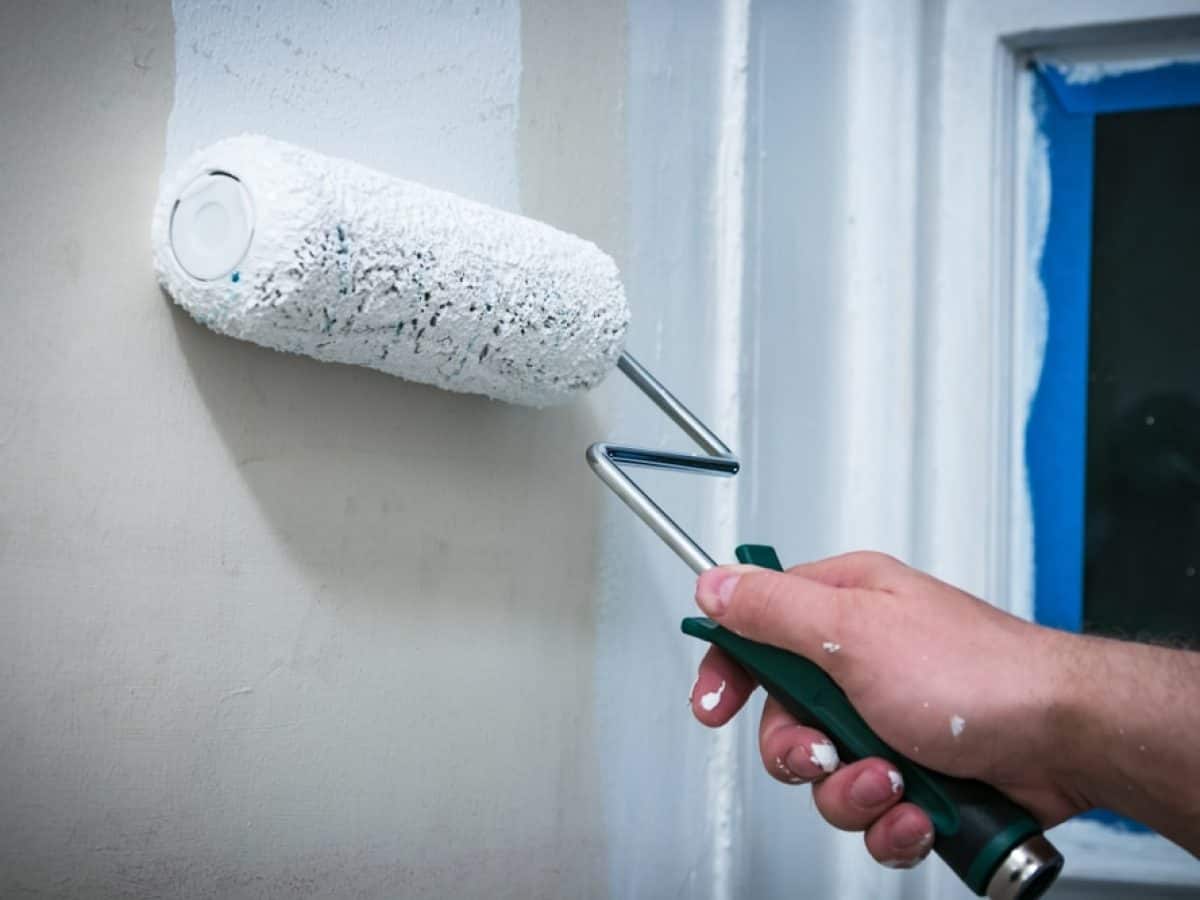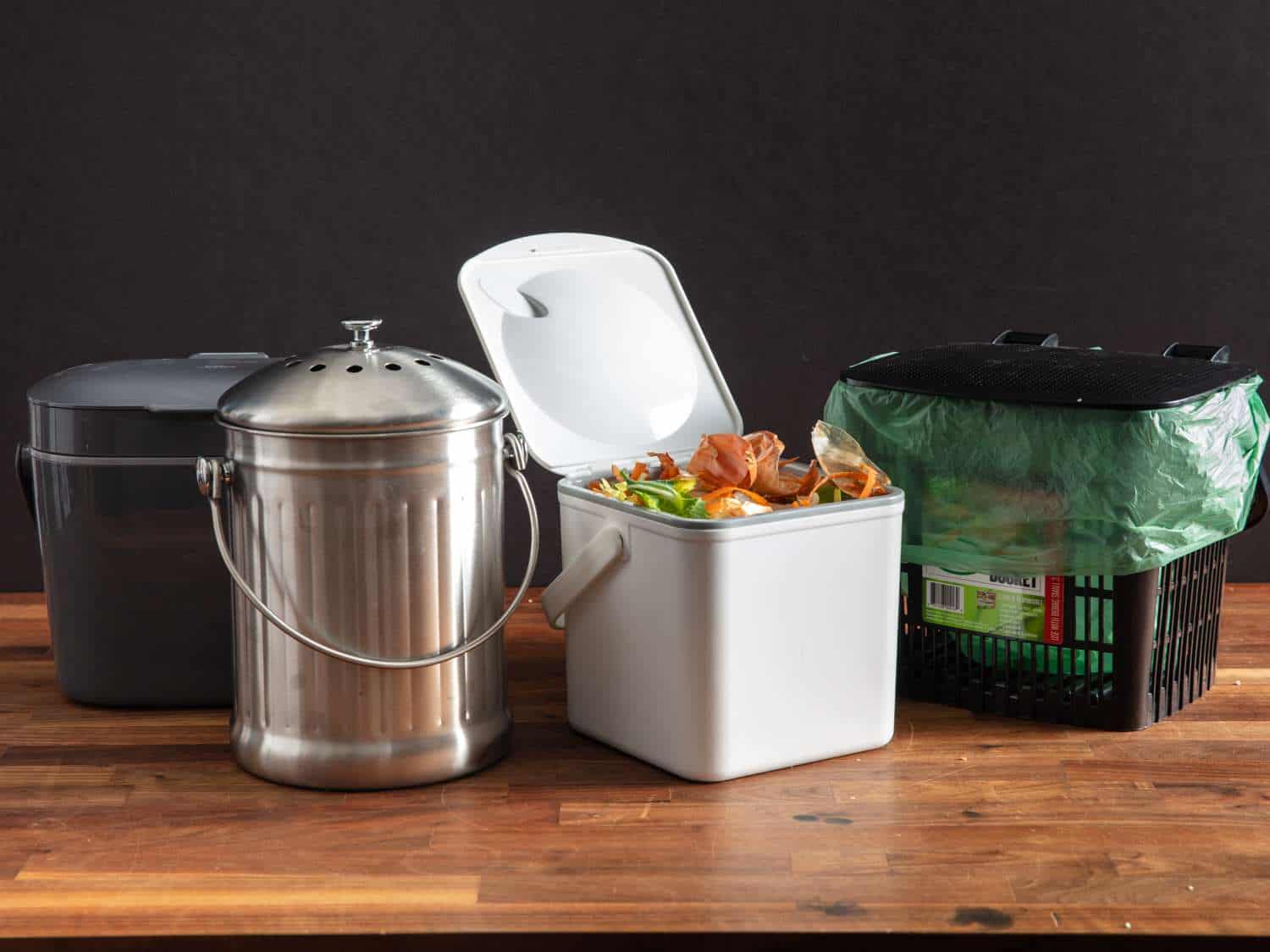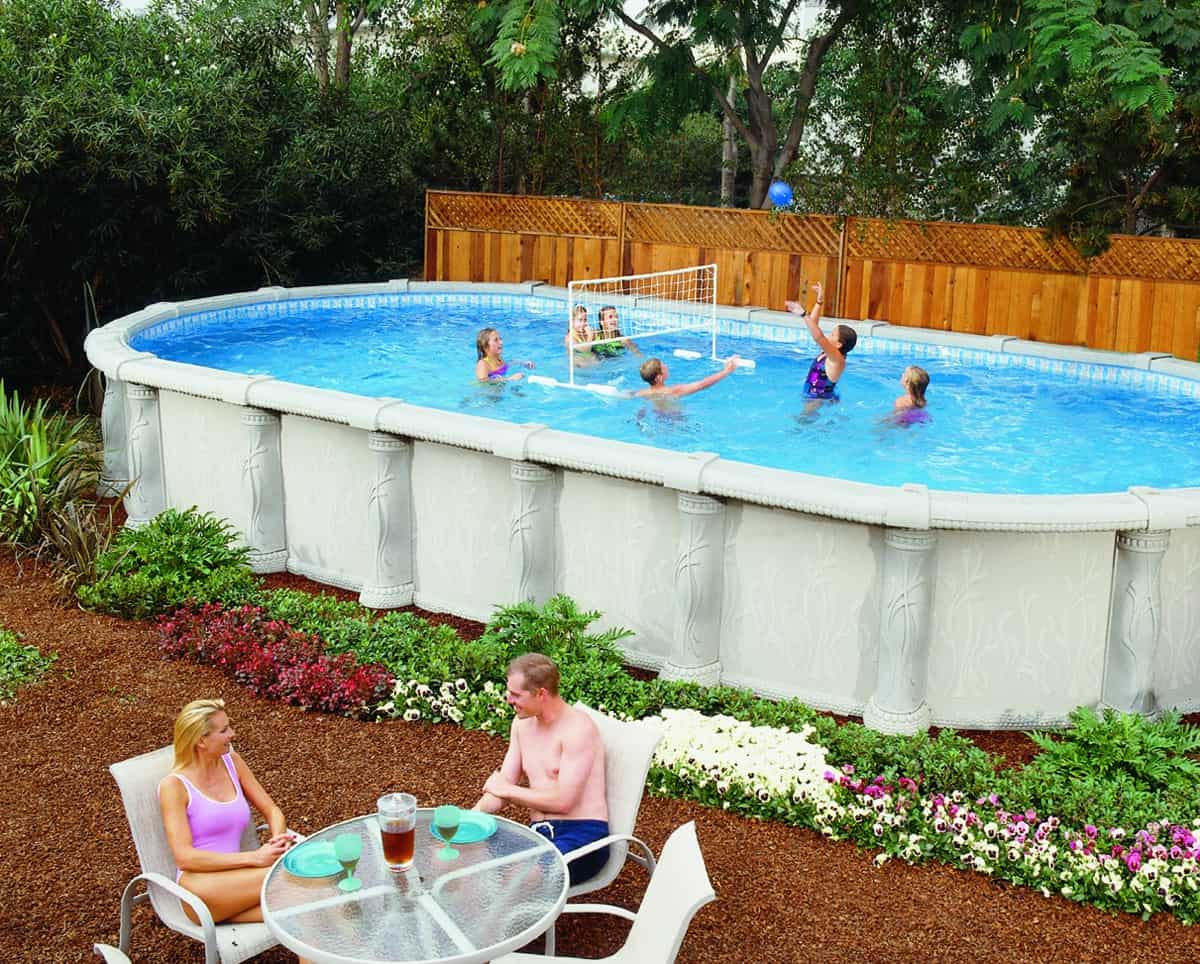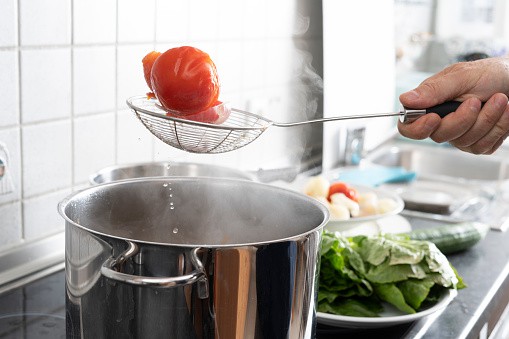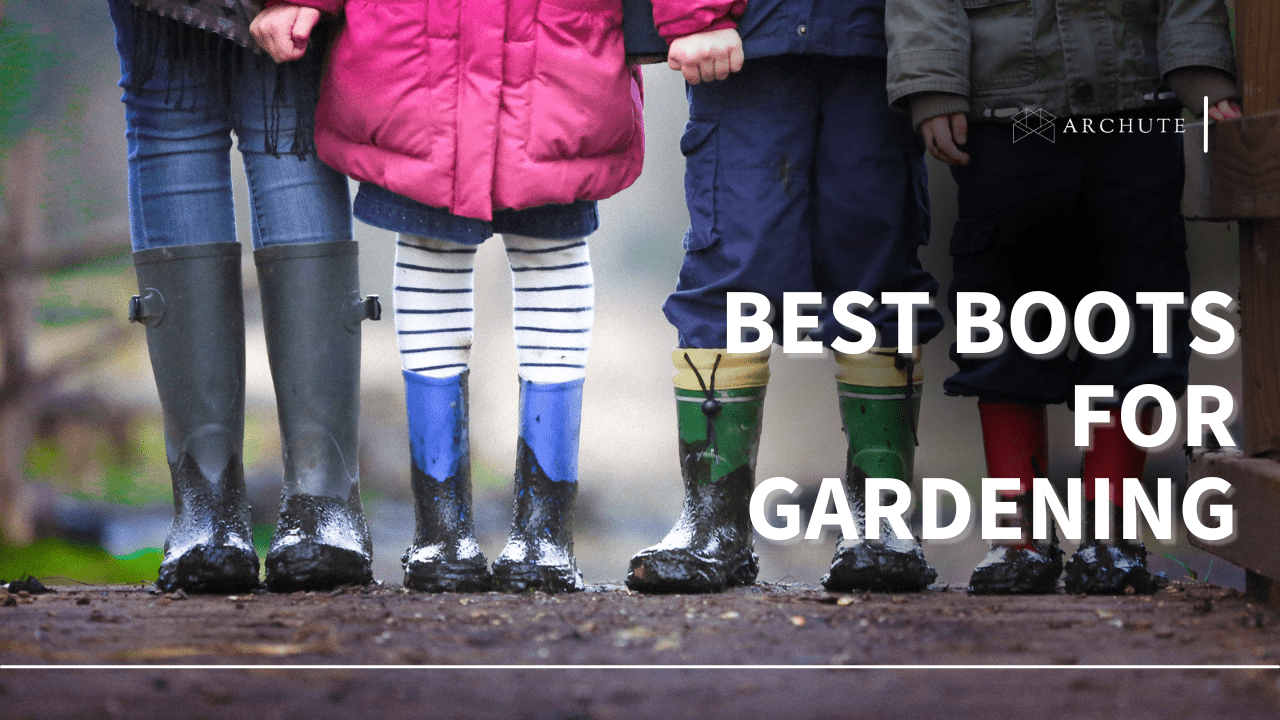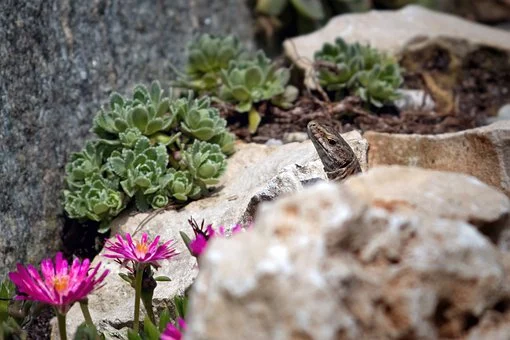When it comes to enhancing the beauty of your outdoor space, few things can compare to the elegance and grandeur of trees. Outdoor trees provide shade and shelter, add visual appeal, create a sense of tranquility, and attract wildlife to your garden. However, choosing the right trees for your landscape can be daunting. In our article, we will explore some of the best outdoor tree plants that are aesthetically pleasing, easy to maintain, adaptable to various climates, and beneficial for the environment.
Let's get started!
1. Thuja Green Giant
- Make sure this plant has time to root before cold weather. It...
If you're searching for a fast-growing, low-maintenance tree that provides great privacy, consider this Thuja Green Giant. These evergreen trees feature dense, rich green foliage that stays vibrant all year round. Its resilient, adaptable, and columnar shape made it ideal for creating a natural screen and windbreak for my home.

Image credit: clarkbrothersnursery.com
It is a hybrid between Western Red Cedar and Japanese Arborvitae, combining the best characteristics of both species. This fast-growing tree can reach impressive heights of up to 60 feet and has a dense, pyramidal shape. The Thuja Green Giant is low-maintenance, highly adaptable to various soil types, and resistant to common pests and diseases.
2. Japanese Maple (Acer palmatum)
Japanese maple trees are a garden favorite due to their stunning foliage and elegant silhouette, making them a favored choice for outdoor tree planting.

Image credit: heritagefruittrees.com.au
These slow-growing trees are available in various colors and shapes, adding dramatic visual interest to any landscape. I liked how their delicate leaves unfurl in shades of vibrant red, orange, and yellow during the fall, creating a stunning display of autumn colors in my outdoor space.
These trees thrive in afternoon shade in hot areas with moist, well-drained soil. The Crimson Queen Japanese maples add a touch of refinement and charm to any garden, making them a popular choice among landscape enthusiasts.
3. Eastern Redbud (Cercis canadensis)
- 500 Seeds Per Packet - BIG PACK
- Cercis canadensisL. (Eastern Redbud) is a large shrub or small...
- It is also known as the Judas tree.
- It grows well in New York State, New Jersey and southward. Bark:...
- Flowers: April, May
The Redbud Tree is another fantastic option for your outdoor space. Renowned for its stunning display of pink or white flowers in the early spring, this native eastern North America tree is a favorite among homeowners.

Image credit: nnvnps.org
Its heart-shaped leaves and vibrant fall colors add further charm throughout the seasons. Its delicate flowers created a captivating contrast against the backdrop of emerging foliage. The Eastern Redbud is highly adaptable and can thrive in various soil conditions and climates. It is a charming addition to any garden, attracting pollinators in early summer and providing visual interest.
4. Flowering Dogwood Tree (Cornus florida)
- You will receive healthy bare root plants. We always send extra...
- You will see growth within 10 days. The most importan part of...
- Asparagus plants need three things: 1. Any soil but at least 30%...
- The sand is important for drainage and winterization of the plant...
Dogwoods are popular for home landscapes due to their compact size and stunning spring blossoms. Besides the eye-catching flowers, they offer vibrant fall foliage and attractive winter bark, providing multi-seasonal interest.

Image credit: etsy.com
Showcasing shades of pink, red, or white flowers, they offer a striking visual spectacle in early spring. As the seasons progressed, these container-friendly trees produced attractive red berries, and their leaves turned a rich, burgundy color during the fall.
The Flowering Dogwood thrives in partial shade and well-drained soil, making it adaptable to different climates. This versatile, beautiful tree enhances the beauty of any garden and attracts birds with its enticing berries.
5. Cypress Trees
- Hardiness Zone 6-10
- Full sunlight
- Height 40-60' Width 20-25'
- 2. 25 gallon
- Water daily until established
Known for their tall and slender forms, these evergreen conifers add elegance to any landscape. Cypress trees are versatile and can thrive in various climates, ranging from hot and dry to moist and cool. They are ideal when used for your landscaping lighting ideas.

Image credit: thespruce.com
They are adaptable to different soil types and can tolerate occasional flooding. With their spectacular fall foliage, these trees provide privacy and act as windbreaks, making them perfect for year-round interest. They are also low-maintenance, requiring minimal pruning and care. These trees are excellent outdoor plants with beauty, durability, and adaptability.
6. Apple Trees
- 100+ Apple Seeds for Planting
Apple trees are popular outdoor plants known for their beauty and fruit-bearing capabilities. These deciduous trees are widely cultivated for their delicious apples, which come in various colors, flavors, and textures.

Image credit: angi.com
Apple trees require full sun exposure and well-drained soil for optimal growth. They are hardy and can thrive in various climates, depending on the cultivar. Planting multiple apple tree varieties nearby is advisable to ensure proper pollination and fruit set.
Pruning is essential to maintain tree health and encourage fruit production. With their ornamental value, fragrant blossoms, and tasty harvest, apple trees are a delightful addition to any outdoor garden or orchard.
7. Crape Myrtle (Lagerstroemia indica)
- 1,000 Seeds Per Packet - BIG PACK
- CRAPE MYRTLE Mix, Lagerstroemia indica Tree Seeds
- BLOOMS LAST 120 DAYS
- Perfect As Shrub Or Small Tree
- Leaves are small and dark green changing to yellow and orange in...
Crape myrtle is popular for outdoor plants due to its stunning summer blooms, attractive bark, and low maintenance requirements.

Image credit: amazon.com
These deciduous trees, native to Asia, thrive in full sunlight and well-drained soil. With their graceful form and wide range of sizes, crape myrtles can fit into various landscapes, from small gardens to large yards.
They offer a wide array of flower colors, including shades of pink, purple, red, and white. Crape myrtles are also known for their exfoliating bark, adding visual interest during winter. Their durability, drought tolerance, and resistance to pests make them an excellent choice for outdoor tree enthusiasts.
8. Fig Tree (Ficus carica)
- Plant ranges from 3-8 inches tall in a 3-inch-deep (4.90 fl...
- From a licensed nursery (Florida Nursery Registration No:...
- Questions? Problems? Send a picture of your plant(s) within 48...
The fig tree is a popular choice for outdoor tree planting. Its lush foliage and delicious fruit add beauty and functionality to any garden or landscape.

Image credit: nature-and-garden.com
Ficus carica thrives in warm climates and requires full sun exposure to produce the best fruit yield. These trees can reach heights of up to 30 feet and have a spreading canopy, providing ample shade.
They are adaptable and tolerant of various soil conditions, though well-draining soil is recommended. Regular pruning helps maintain their shape and control their size. Overall, Ficus carica is a versatile and rewarding outdoor tree plant choice.
9. Starry Magnolia
- Update: yes we are open. Coronavirus has NOT affected us. All...
- Fragrant white blooms - Large creamy white saucer shaped flowers...
- LIVE PLANT in 2x3 inch pots. Plants are anywhere from 8 to 12...
Known for their striking flowers and enticing fragrance, Magnolias (Magnolia spp.) are classic outdoor tree plants that can bring a touch of elegance to your landscape.

Image credit: gardenersdream.co.uk
These potted trees create a captivating visual display with their large, glossy leaves and abundant blossoms in white, pink, or purple shades. Magnolias thrive in full sun to partial shade and require well-drained soil. They do best in temperate climates but can be grown in colder regions with suitable varieties.
10. Birch Trees
Birch trees (Betula spp.) are famous for their elegant white bark, which provides a striking contrast against green foliage. They lend a touch of grace and sophistication to any landscape.

Image credit: thespruce.com
Birch trees prefer full sun to partial shade and well-drained soil. With their medium to fast growth rate, they can quickly establish themselves as a focal point. Their delicate leaves and beautiful yellow fall color make them a popular choice for outdoor spaces.
Factors to Consider When Choosing the Best Outdoor Tree Plants
When choosing the best outdoor plants, several factors must be considered. These factors will help you select trees that thrive in your specific outdoor environment and meet your desired aesthetic or functional goals. Here are some important factors to consider:
1. Climate Suitability
Trees have specific climate requirements. Consider your area's hardiness zone and choose trees that can tolerate your region's temperature, sunlight, rainfall, and wind conditions. Some trees are better suited for cold climates, while others thrive in warm or tropical climates.
2. Size and Growth Habit

Image credit: houzz.com
Consider the available space and the tree's ultimate size at maturity. Ensure the tree's size and growth habits will not interfere with power lines, buildings, or other structures. Tall, spreading trees may be suitable for large open spaces, while smaller, columnar trees are better for narrow areas.
3. Soil Conditions
Assess the soil type and drainage in your outdoor area. Trees have different soil preferences, such as acidic or alkaline, well-draining, or moisture-retaining soils. Choose tree species that are adapted to the soil conditions in your area.
4. Sunlight Requirements
Evaluate the amount of sunlight the planting area receives. Some trees thrive in full sun, while others prefer partial shade. Select trees that match the available sunlight conditions in your outdoor space.
5. Water Requirements
Consider the water availability in your area and the water needs of the tree species you're considering. Some trees are drought-tolerant and require minimal watering once established, while others need regular watering. Ensure that the tree's water requirements align with the water availability and your commitment to maintenance.
6. Purpose and Aesthetics
Determine the purpose of the tree. Are you looking for shade, ornamental value, or privacy for your outdoor improvements? Consider the tree's foliage color, shape, texture, and potential for producing flowers, fruits, or fall foliage. Choose the best trees that suit your desired aesthetic preferences and functional needs.
7. Maintenance Requirements
Different trees have different maintenance needs. Some trees require regular pruning, while others may shed leaves or produce messy fruits. Consider the time and effort you're willing to invest in tree maintenance.
8. Disease and Pest Resistance

Image credit: purdue.edu
Research the susceptibility of tree species to common diseases and pests in your area. Choose trees resistant to prevalent diseases and pests to ensure long-term health and minimize the need for chemical treatments, and if need be, use neem oil.
9. Local Regulations
Check local regulations regarding tree planting, such as homeowners' association rules or municipal guidelines. Some areas may have restrictions on certain tree species or planting locations.
10. Long-Term Planning
Consider the long-term effects of your tree choice. Trees grow and change over time, and their root systems can impact underground utilities or nearby structures. Plan for the tree's mature size and potential future challenges.
Conclusion
Choosing the right outdoor trees can transform your garden into a breathtaking oasis. Whether you prefer the delicate foliage of the Japanese Maple, the Flowering Dogwood's vibrant flowers, or the Weeping Willow's grandeur, there is a tree to suit every taste and climate.
By selecting visually appealing, easy-to-maintain, and environmentally beneficial trees, you can create a stunning outdoor space that will be enjoyed for years. Remember to consider factors such as sunlight, soil conditions, and space requirements when selecting trees, and always consult local experts for guidance specific to your region.

